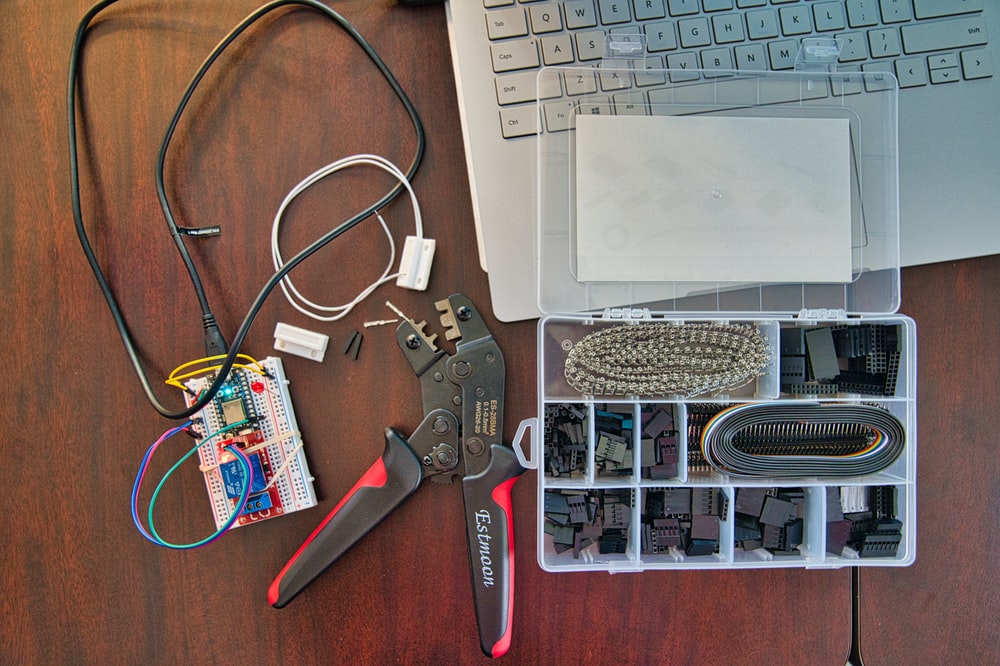The term I/O means “input” and “output”. An I/O card facilitates communication with the computer by sending and receiving data. I/O is one of the three main components of computers. Basically, for every input, there’s an output. You pull up a document on your computer and use the keyboard to print it. The keyboard is the input and the printer is the output. This is a simple explanation of I/O, but it’s a good start to help explain what I/O cards are and how they work.
The ports on your laptop or desktop computer are also known as I/O ports for the same reason – you plug in a USB cord, controller, or other peripheral device, which is the input. What the device controls is the output.
Other examples of input and output devices include:
- Disk drives
- Screens
- Alarms
- Proximity and level switches
- Solenoids
- LEDs
So what are I/O Cards?
When you look at an I/O card, you’ll probably think it resembles a circuit board – that’s because it is! This board plugs into a slot on the motherboard of a computer so it can control a peripheral device like a controller or mouse.
I/O cards are also called interface cards, adapters, or controllers. In addition they might be referred to as expansion cards, because they expand the capability of a computer or laptop. Of course, these cards are also used in an industrial capacity and are much larger and more complex than those used for personal computers.

How Do They Work?
I/O cards function as a bridge between a computer and an outside device – this can range from a monitor to a keyboard. The outside device transmits a signal to the I/O card which results in an action being performed.
The part of the I/O card that faces out can accept a variety of different devices and cables. While some cable inputs might be as simple as a USB plug, industrial size I/O cards may be customized to accept specially designed plugs and devices.
When an I/O card is damaged, there is a disconnect with the device, which can cause errors and downtime. Damage can occur in a variety of ways, and much like circuit boards, I/O cards can be repaired or replaced, depending upon the amount of damage they have sustained.
Types of I/O Operations
There are three groups of I/O operations, namely:
- Sensory operations
- Control operations
- Data transfer
Sensory I/O devices perform sensory operations. These devices can measure, detect, process, or simulate human senses. Depending on their intended purpose, both sensory input and output devices may allow vestibular, auditory, kinesthetic, visual, and tactile inputs and outputs.
Control I/O devices, on the other hand, receive input and output requests from the central processor and then send device-specific control signals to the device they control. They are sometimes called device controllers and require a device driver to operate. A device driver is software that directly interacts with the I/O device.
Data transfer devices facilitate the transfer of information between internal and external devices. This process is known as the I/O interface. There are three main methods through which data is transferred: programmed I/O, interrupt-initiated I/O, and direct memory access.
How a PLC Controls I/O Devices
PLC is an acronym for Programmable Logic Controller. It is a control system that monitors the state of input devices and interprets the input to control the state of output devices. PLCs are modular, meaning that you can use several types of input and output devices to suit your needs.
PLCs monitor and control I/O Devices in four steps. The first are called input scan. Here, the PLC detects the state of all input devices connected to it. It then moves to the second step, program scan, where it executes the program logic created by the user. After that, it energizes or de-energizes the output devices connected to it, controlling them in the process. Finally, it runs a series of housekeeping tasks such as internal diagnostics.
What Happens If Your I/O Card is Damaged?
Should your I/O card or module be damaged, it’s not necessary to purchase a new one, ACS Industrial services has a staff of experts who can perform a free evaluation of the card and a repair quote that is dependable and accurate. In many cases repairing a card can save you up to 80% of the cost to purchase a new one.
With more than two decades of service and repair, ACS works with most of the major brand of I/O cards and equipment, including:
- Emerson PACSystems RX3i
- Siemens
- Rockwell Automation / Allen Bradley
- Mitsubishi Electric
- Schneider Electric
- ABB
- Honeywell Process
ACS usually has repaired I/O cards back to you within 7-15 days, and if it’s an emergency that requires immediate attention, we also offer a Rush Repair Service with shipping back to you between 2-5 days.
You can find out more about our I/O repair services on our website page or call us today at 800-605-6419.
